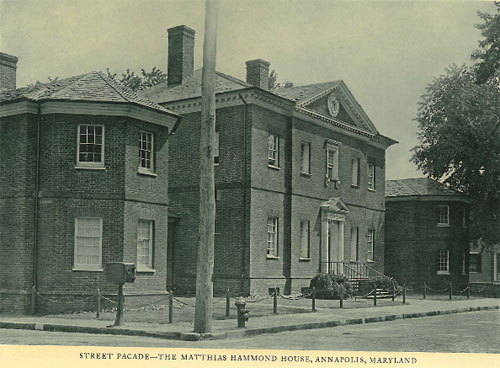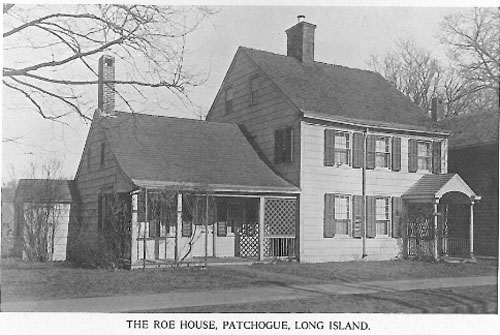There’s no place in America that offered a more English lifestyle before the Revolutionary War than Annapolis, Maryland, which at the time was fully of wealthy, aristocratic people enjoying the fruits of pioneer labor. As such, it has some of the most English architecture of that time period, with one building standing out in particular: the Matthias Hammond house, which is the focus of this issue of the historic White Pine Series of Architectural Monographs.
Built in 1770, the Hammond House was designed by Philadelphia architect Matthew Buckland and “stands today as one of the finest, if not the finest, example of the work of the Colonial Period.” In the 1920s, when this issue was written, it was purchased by St. Johns College and turned into a colonial museum, with all of the furnishings restored.
This monograph presents photographs and information about the house as it was nearly a century ago, and today it’s almost exactly the same thanks to these preservation efforts. Visitors can still enjoy stepping through its doorway and into the past. Now known as the Hammond-Harwood House, it’s been called the “Jewel of Annapolis,” and it’s a popular tourist destination in the city.













